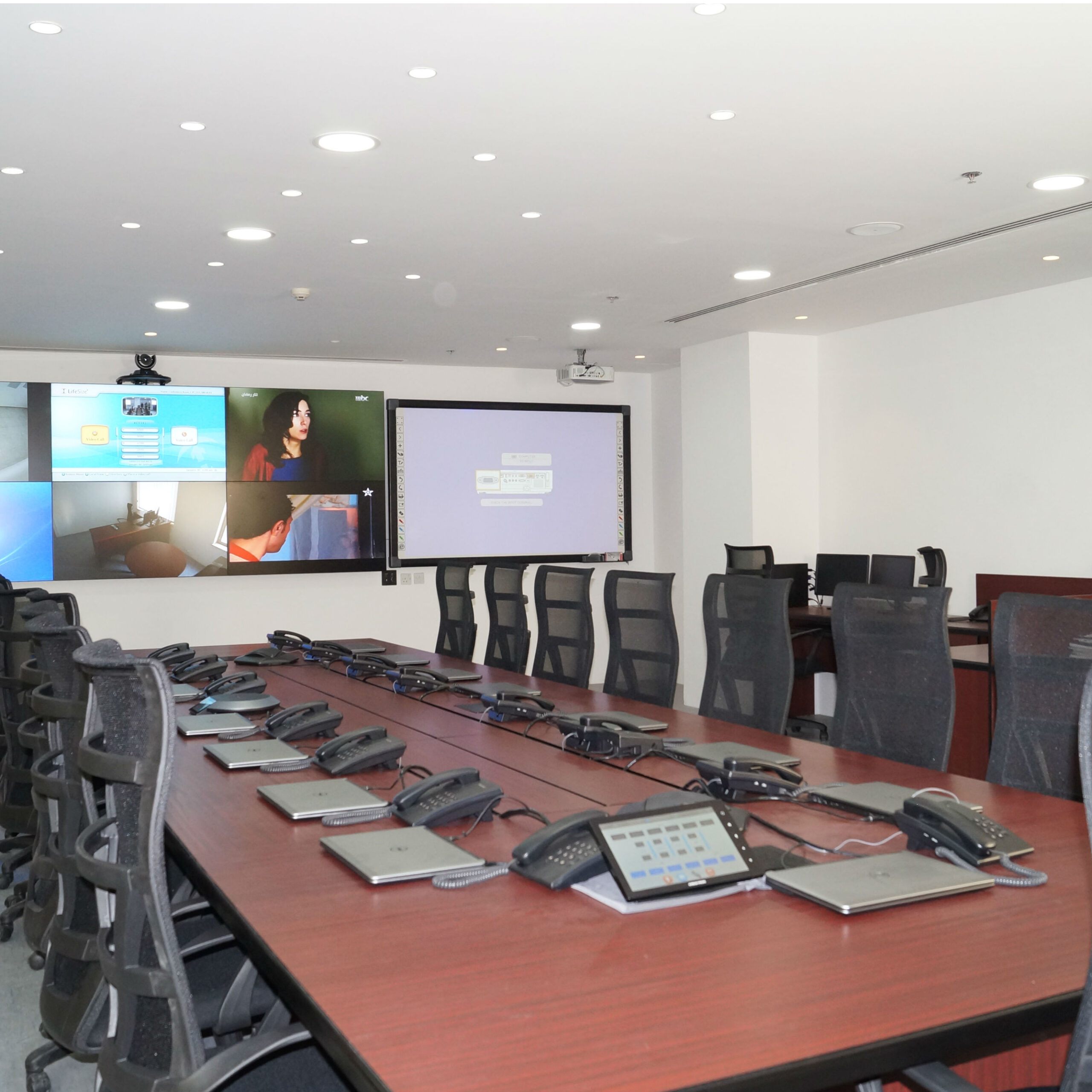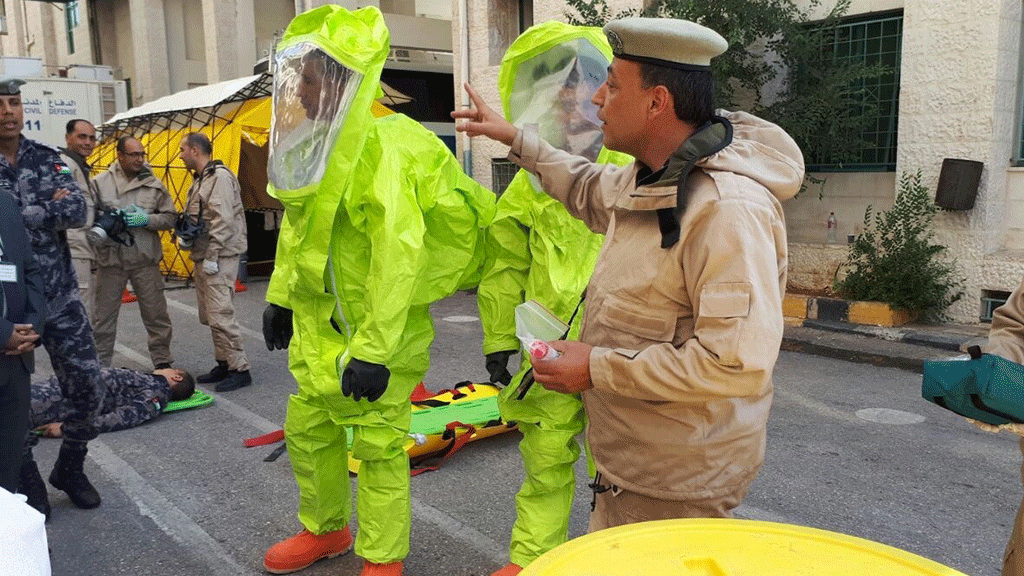Building Global Health Infrastructure: Jordan’s Emergency Operations Center

2015 was an important year for CRDF Global in the field of global health. The organization saw increased work in international biosecurity and safety, research partnerships targeting infectious diseases, and programs supporting global responses to disease outbreaks, such as Ebola. In August CRDF Global completed a project helping to establish a modern Emergency Operations Center (EOC) at the Ministry of Health (MOH) of the Hashemite Kingdom of Jordan. This project was a collaboration between the MOH, the U.S. Department of State’s Biosecurity Engagement Program, the U.S. Centers for Disease Control and Prevention and CRDF Global.
EOCs are a powerful tool for enabling responses to emergencies, whether caused by natural disasters, disease outbreaks, or even deliberate attacks. There is a body of knowledge that exists around the effectiveness of EOC operations and incident management. A hidden strength of the EOC model is that it requires relevant actors to plan. An EOC serves not only as a mechanism for communication and decision making in the event of a crisis, but also as a venue to train personnel and develop, validate, and improve existing plans. In addition, EOCs are a great driver and example of international science collaboration.
The Emergency Operations Center at Jordan’s MOH is an impressive facility equipped with state of the art data management, video and teleconferencing capabilities, and smartboard technology, all supported by an uninterrupted power supply. When responding to a public health emergency, the EOC can coordinate its field offices throughout Jordan’s 15 governorates, while also serving as an important hub of communication and coordination between ministries, agencies and various other partners. In the U.S., civil defense organizations, disaster relief organizations, and countless state, local and regional entities have chosen the EOC model for outbreak and disaster preparedness and response.
Aside from streamlining communication, EOCs also enable efficient communication between countries for regional and global challenges. A great example of this was Nigeria’s response to last year’s Ebola outbreak in West Africa. To respond to the Ebola crisis, Nigeria mobilized an EOC that was established during its polio eradication program in 2012. Many of the Ebola EOC staff, including the incident manager, were members of the National Polio EOC. Utilizing their experience on the polio program, Nigeria’s Ebola EOC coordinated across national and local government agencies, but also with international partners (Doctors Without Borders, the United Nations, the World Health Organization and the US Centers for Disease Control and Prevention). The Ebola outbreak in Nigeria was limited to just 20 cases and the ability of the Nigeria Center for Disease Control to implement a rapid, domestically and internationally coordinated response was critical to their containment of Ebola This is why the Global Health Security Agenda, an initiative involving cooperative development and implementation of health security action plans by 38 countries, includes the establishment of EOCs as one of its 11 key strategies. This is the science collaboration that the information age should be delivering.



